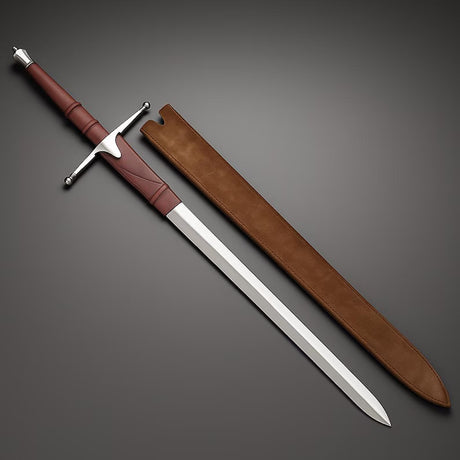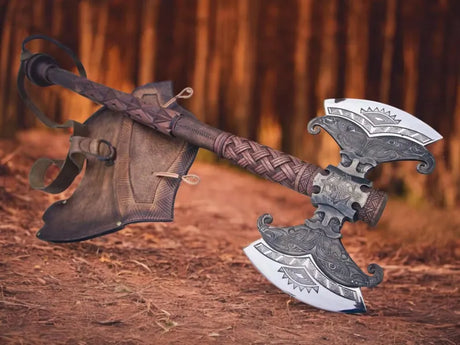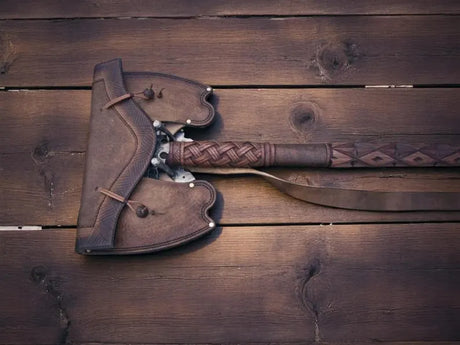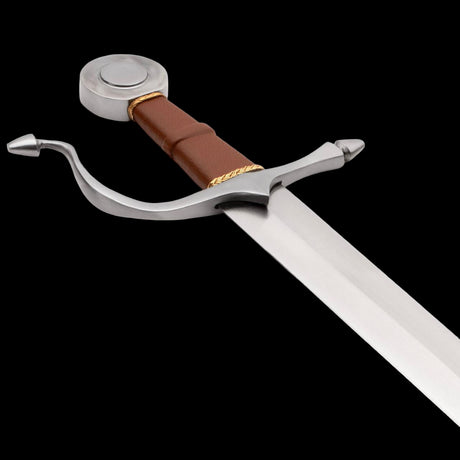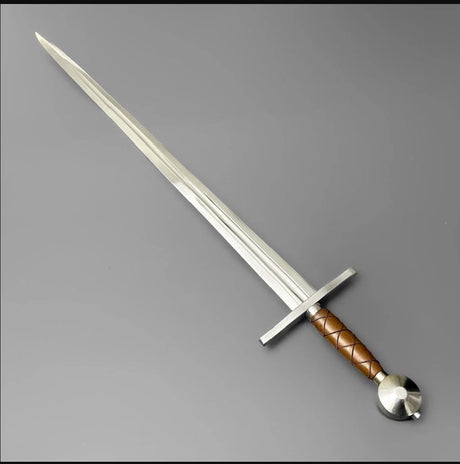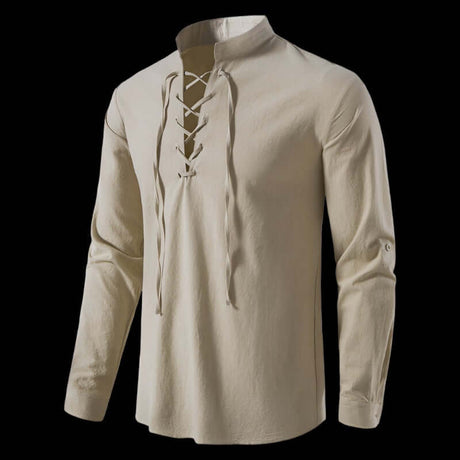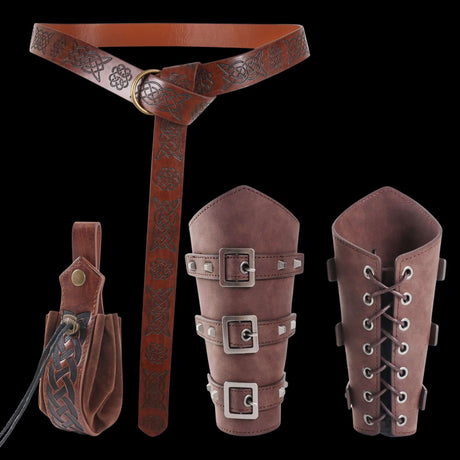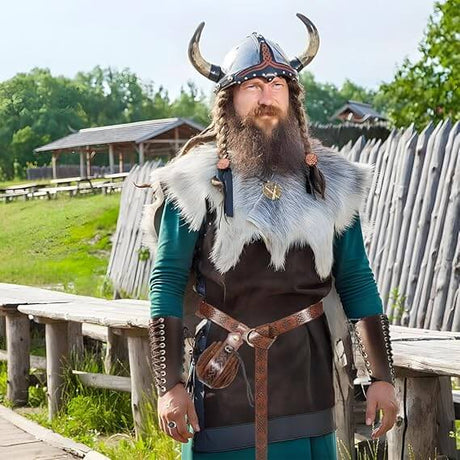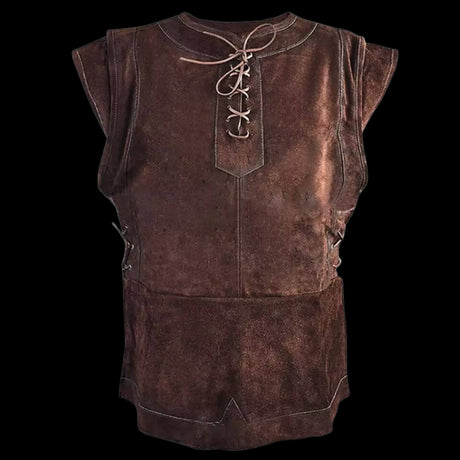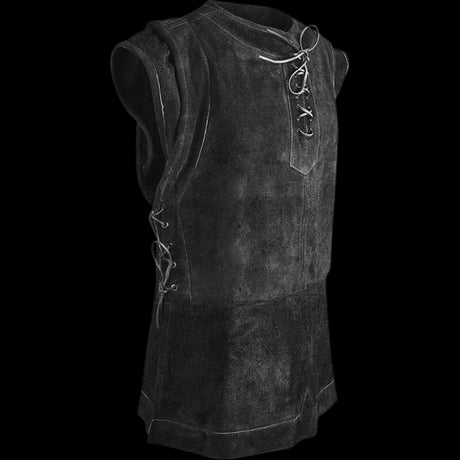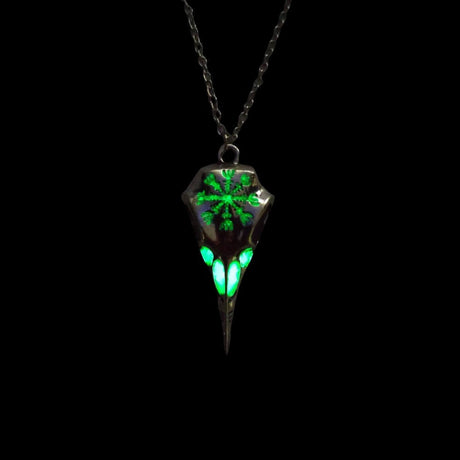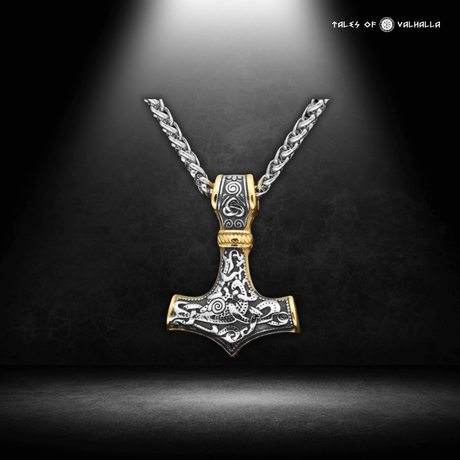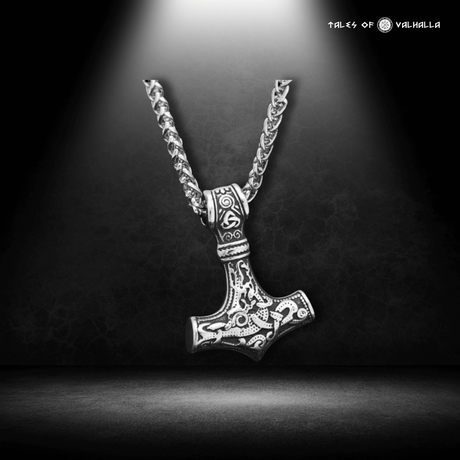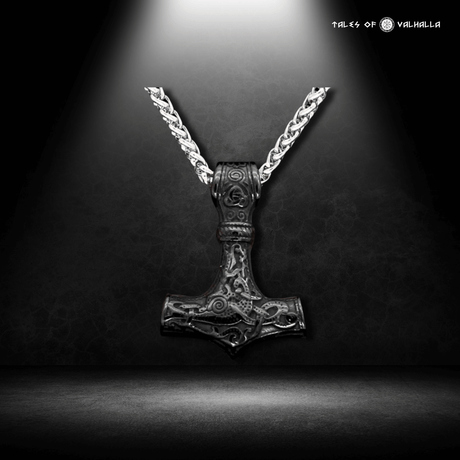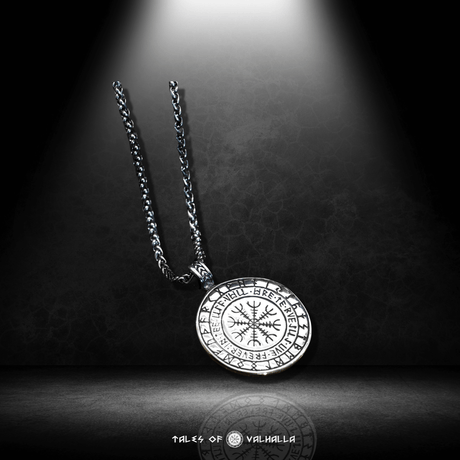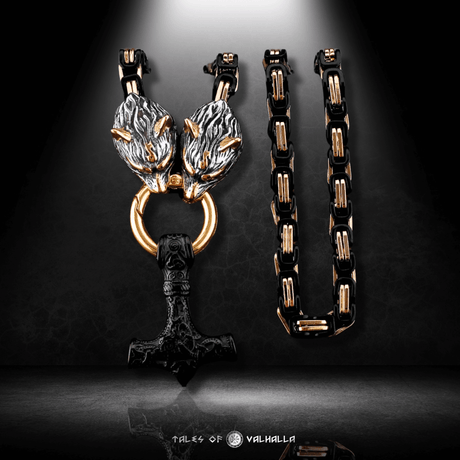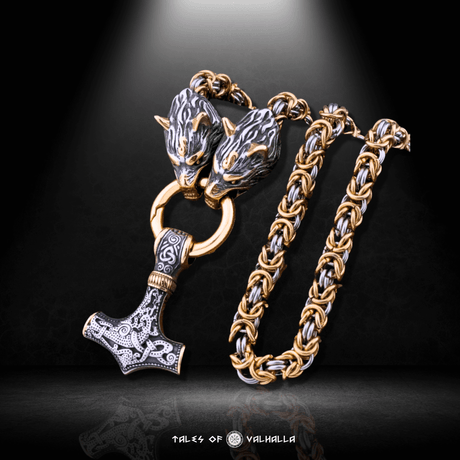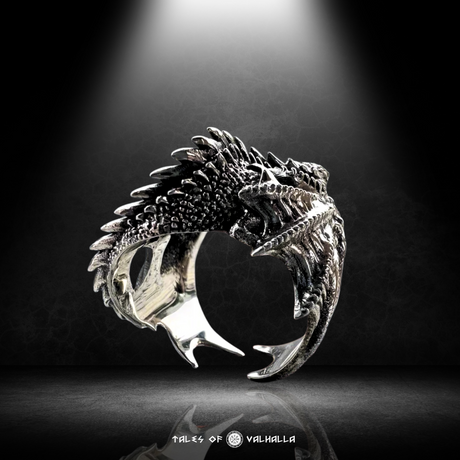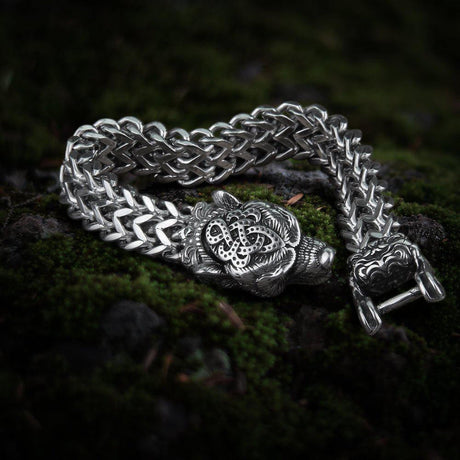If you were to walk into a smoky longhouse in 10th-century Norway and ask for the man in charge, you might want to be careful how you say his name.
History is filled with terrifying nicknames. We have Ivan the Terrible, Vlad the Impaler, and Bloody Mary. But none of them possess the visceral, heavy-metal intensity of Eric Bloodaxe.
It sounds like a name created by a Hollywood screenwriter. It conjures images of a towering berserker, wading through a river of gore, swinging a double-headed axe. And to be fair, that image isn't entirely wrong.
But the truth about Eric Bloodaxe is far more complex—and arguably more fascinating—than the caricature.
He was a king who lost his throne not once, but twice. He was a husband to a woman rumored to be a witch. And yes, he killed his own brothers. A lot of them.
In this deep dive, we are going to strip away the centuries of myth. We will look at the archaeology, the sagas, and the cold hard facts to understand the man who ruled the Viking world at its twilight.
For the modern American reader, think of this as the real-life Game of Thrones. Except here, the dragons are longships, and the winters are much, much longer.
The Origin Story: Born into a Viper’s Nest
To understand the violence of Eric Bloodaxe, you first have to understand his father.
Eric was the favorite son of Harald Fairhair, the legendary king who first united Norway. Harald was a prolific man. Legend says he had anywhere between nine and twenty sons with various wives and concubines.
Imagine growing up in a household where twenty other men—all with a legitimate claim to the throne—are sleeping down the hall. In the United States, we worry about sibling rivalry over who gets the front seat of the car. In the House of Fairhair, sibling rivalry was a matter of life and death.

The Origin Story: Born into a Viper’s Nest
The Favorite Son
Born around 885 AD, Eric Bloodaxe (Eirik Haraldsson) was groomed for power from day one. By age 12, he was given five longships and sent out "Viking" (raiding) to prove his worth.
He spent his teenage years terrorizing the coasts of Denmark, Friesland, and Scotland. He wasn't just a thug; he was receiving an education in the brutal economics of the Dark Ages. He learned that power wasn't given; it was taken, usually with sharp iron.
When he returned to Norway, his father did something controversial: He named Eric Bloodaxe the High King, effectively demoting all his other brothers to minor vassal kings.
You can imagine how well that went over at the family reunion.
Decoding the Name: What "Bloodaxe" Really Means
This is where historical linguistics gets interesting. Why do we call him Eric Bloodaxe?
Most people assume it’s because he hacked a lot of enemies to pieces. While he certainly did that, the nickname Blóðøx likely carries a darker, more specific meaning.
In Old Norse, "blood" didn't just mean the red fluid in your veins; it often referred to "stock" or "kin."
Therefore, Eric Bloodaxe can be translated as "Eric Brother-Axe" or "Eric Family-Axe."
It wasn't a nickname celebrating his prowess in battle against strangers. It was a grim badge of honor (or shame) referencing the fact that he systematically murdered his own siblings to secure his crown.
The Body Count
So, how many brothers did Eric Bloodaxe actually kill? The sagas are murky on the exact number, but we know the highlights.
- Ragnvald: Eric burned him inside his own house along with 80 sorcerers (allegedly).
- Bjorn the Merchant: Killed for the crime of being too independent and prosperous.
- Halfdan the Black (II): Died under "suspicious circumstances" that pointed directly to Eric.
It was a hostile corporate takeover, Viking style.
The Power Behind the Throne: Gunnhild, Mother of Kings
We cannot talk about Eric Bloodaxe without talking about his wife, Gunnhild.
If Eric was the muscle, Gunnhild was the brain—and perhaps the magic. The Norse Sagas paint her as a villainess of Shakespearean proportions. They claim she was a sorceress trained by two wizards in the far north (whom she later seduced and killed).
Witch or Politician?
Why was she so hated by the saga writers?
She was an outsider: Likely a Danish princess, though the stories try to make her sound more exotic and dangerous.
She was powerful: In a male-dominated society, Gunnhild exerted immense influence over Eric Bloodaxe.
She was ruthless: Whatever Eric lacked in cruelty, Gunnhild made up for.
Expert Insight:
"The depiction of Gunnhild as a witch is a classic literary trope used to undermine powerful women in history. By attributing her political acumen to 'magic,' the saga writers could explain how she outmaneuvered the men around her without giving her credit for her intelligence." — Dr. Sarah Peveril, Historian of the Viking Age.
Together, Eric and Gunnhild ruled Norway with an iron fist. But eventually, they squeezed too hard.
The Fall from Grace: Exiled from Norway
By the mid-930s, the Norwegian nobles had had enough. Eric Bloodaxe was violent, unpopular, and expensive to keep happy.
His surviving half-brother, Haakon the Good, returned from England. Haakon was everything Eric was not: Christian, fair-minded, and charming. The nobles flocked to Haakon.
Realizing the game was up, Eric Bloodaxe didn't fight a losing war. He took his wife, his children, and his loyal warriors, and he fled.
He was a king without a kingdom. A wolf without a pack.
So, he did what any unemployed Viking warlord would do: He went to England
The King of York: Eric’s Second Act
This is where the story shifts to territory that might be familiar to fans of The Last Kingdom or Vikings: Valhalla.
Northumbria (modern-day Northern England) was the last stronghold of Viking power in Britain. The capital, Jorvik (York), was a bustling metropolis of trade, mud, and silver.
The Northumbrians were fiercely independent. They hated the southern Anglo-Saxon kings. So, when a celebrity like Eric Bloodaxe showed up in 947 AD, they saw an opportunity. They invited him to be their King.
The Numismatic Evidence (The Coins)
How do we know Eric Bloodaxe was actually King of York? We have the receipts.
Archaeologists have found silver pennies minted in York bearing his name.
- Obverse: A sword (a symbol of St. Peter or war—debated).
- Reverse: The inscription ERICUS REX (King Eric).
This is physical proof that for a few short, chaotic years, Eric Bloodaxe was the man in charge of Northern England.
A Statistical Look at Eric’s Reign
To give you a snapshot of his turbulent life, let's look at the timeline.
| Year (Approx) | Event | Location |
| 885 | Birth of Eric | Norway |
| 930 | Becomes High King of Norway | Norway |
| 934 | Driven into exile by Haakon | Orkney / At Sea |
| 947 | Becomes King of Northumbria (York) | England |
| 948 | Expelled from York | Exile |
| 952 | Returns to York (Reclaimed throne) | England |
| 954 | Final Death at Stainmore | England |
As you can see, his time in England was a revolving door. He was accepted, expelled, accepted again, and finally killed. It was a time of fluctuating loyalties, where a King was only as good as the silver he handed out.
The Final Battle: Ambush at Stainmore
The year was 954 AD. Eric Bloodaxe had been expelled from York for the final time. The Northumbrians, realizing that the English King Eadred was going to burn their land to the ground if they kept harboring Eric, betrayed him.
Eric was traveling across the bleak, windswept pass of Stainmore in the Pennines. It is a desolate place, even today.

The Final Battle: Ambush at Stainmore
The Betrayal
He wasn't met by an army in open battle. He was ambushed.
According to the chronicles, a heavily armed force led by a man named Maccus (likely an agent of the traitorous Oswulf of Bamburgh) descended on Eric’s small party.
Eric Bloodaxe was outnumbered. He was in his 60s—ancient for a Viking. But the accounts say he fought like a demon.
There was no shield wall. No strategy. Just a desperate, muddy scrum in the rain.
When the fighting stopped, the last Viking King of Northumbria lay dead.
The End of an Era
The death of Eric Bloodaxe at Stainmore is widely considered by historians to be the end of the Viking Age in England. After him, no Scandinavian king would ever permanently hold the throne of Northumbria. The North was absorbed into England, and the borders we recognize today began to solidify.
Separating Fact from Fiction: Was He Really a Monster?
It is easy to label Eric Bloodaxe as a sociopath. Killing your brothers is generally frowned upon, even in the 10th century. However, we need to apply some nuance.
The Survival Imperative
In Viking succession, primogeniture (the eldest son gets everything) didn't exist yet. Every son had a claim.
If Eric Bloodaxe hadn't killed his brothers, they almost certainly would have killed him. It was a "kill or be killed" environment. He was simply better at it than they were.
The Religious Bias
Much of what we know about Eric comes from English monks.
- The Monks: Hated Vikings. Vikings burned their libraries and stole their gold.
- The Bias: Of course they wrote that Eric Bloodaxe was a bloodthirsty pagan tyrant. They weren't going to write a glowing review of the man who occupied York.
When we strip away the Christian propaganda, we see a competent, ambitious ruler who was trying to hold together a fracturing kingdom in a changing world.
Why Eric Bloodaxe Matters to Americans Today
You might be wondering, "Why should I care about a Norwegian guy who died 1,000 years ago?"
The story of Eric Bloodaxe resonates because it is the ultimate American archetype: The Anti-Hero.
He is Tony Soprano. He is Walter White. He is a man who does terrible things for what he believes is the survival of his family and his legacy.
Furthermore, his influence shaped the English language. The fusion of Old Norse and Old English in places like York (under his rule) gave us words we use every day: Egg, Sky, Window, Knife, Husband.
Every time you speak, you are using the legacy of the people Eric Bloodaxe ruled.
Conclusion: The Last of the Old Gods
Eric Bloodaxe died as he lived: sword in hand, fighting against the inevitable.
He represented the Old Way. He was a pagan king in a world that was rapidly becoming Christian. He was a sea-king in a world that was settling down into feudal borders. He was a relic, a dinosaur roaring at the meteor.
While his reign was bloody and his methods were cruel, there is an undeniable tragedy to his story. He fought to hold onto a world that was slipping through his fingers like sand.
So, the next time you hear the name Eric Bloodaxe, don't just think of the violence. Think of the desperate ambition, the family betrayal, and the lonely death on a rainy English moor.
He was the Brother Slayer. He was the Last King of York. And he remains the definitive Viking.
Quick Facts: Eric Bloodaxe
- Real Name: Eirik Haraldsson.
- Meaning of Name: "Bloodaxe" likely refers to killing his kin (brothers).
- Famous Spouse: Gunnhild (The "Witch").
- Key Achievement: Last independent Viking King of Northumbria.
- Death: 954 AD at Stainmore, England.
- Pop Culture: Featured in the show The Last Kingdom and the video game Assassin's Creed: Valhalla.










